Efficiency doesn’t seem like a sexy or glamorous subject when compared to discussing the latest and greatest climbing products or machinery on the market. But, for me at least, the new, shiny, expensive gear or the latest machinery I keep looking at in the Arbor magazines all play a part in improving my efficiency practices. Think about it - would you still buy a new ascender that was the coolest color, the nicest shape and had the best name, if you heard that it dragged badly on the rope causing a lot of friction and making your ascent more difficult?
With this prior knowledge, probably not.
Efficiency is accomplishing a task in the minimum amount of time with the least amount of energy expended.
In recent years, efficiency has become my favorite topic. It is something I focus on everyday across every aspect of my job. The more I focus on efficiency, the more I understand where techniques and systems can be improved upon. I realized that the way I work (for example, my climbing techniques) can improve much more quickly if I understand what I am doing, why I do certain things, and if I take time to analyze. This allows me to make major or minor tweaks with the aim to improve efficiencies.
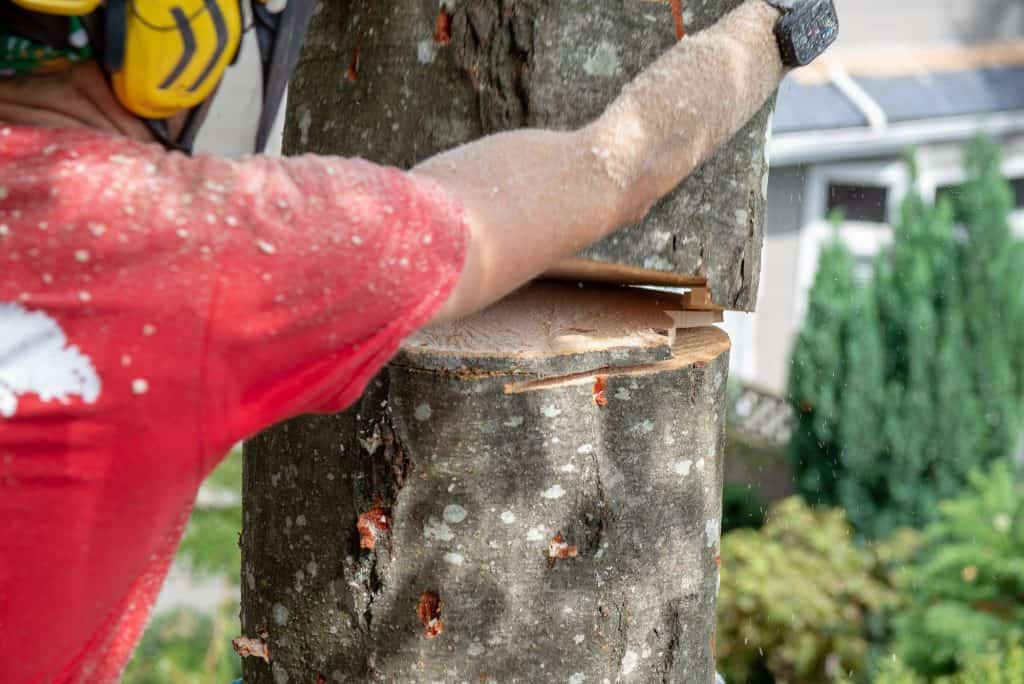
Implementing efficient practices
To successfully implement efficient practices involves a mixture of planning, common sense and experience. If I am to complete a task I have never done before, I use the follow method: 1) I make a plan that I believe makes the most sense, in this particular situation; 2) I select the best equipment for the task; 3) I delegate relevant tasks to my crew who are most capable in these various roles; and
- complete the smaller tasks in a sequence that makes the most sense for accomplishing the job.
Once the job is complete, I can then analyze and take note of what worked well, what went wrong, and what worked but what can be improved upon for future jobs of this nature. It is this process of analyzing and being aware of my systems that allow me to become more efficient as each time I take on a similar task my efficiencies should improve.
The process of understanding and analyzing systems (climbing techniques, job planning, rigging setups, etc.) are key. If I didn’t pay attention to how things worked, I’d continue to use the same methods which would result in my evolution as an arborist becoming stagnant and I would miss opportunities to implement new, more suitable systems.
Looking at the bigger picture of an arborist’s career, implementing efficiency goals will result in less short- and long-term fatigue, career longevity, reduced chance of long-term muscle injuries, stress reduction and a constant learning curve as you evolve your skills.
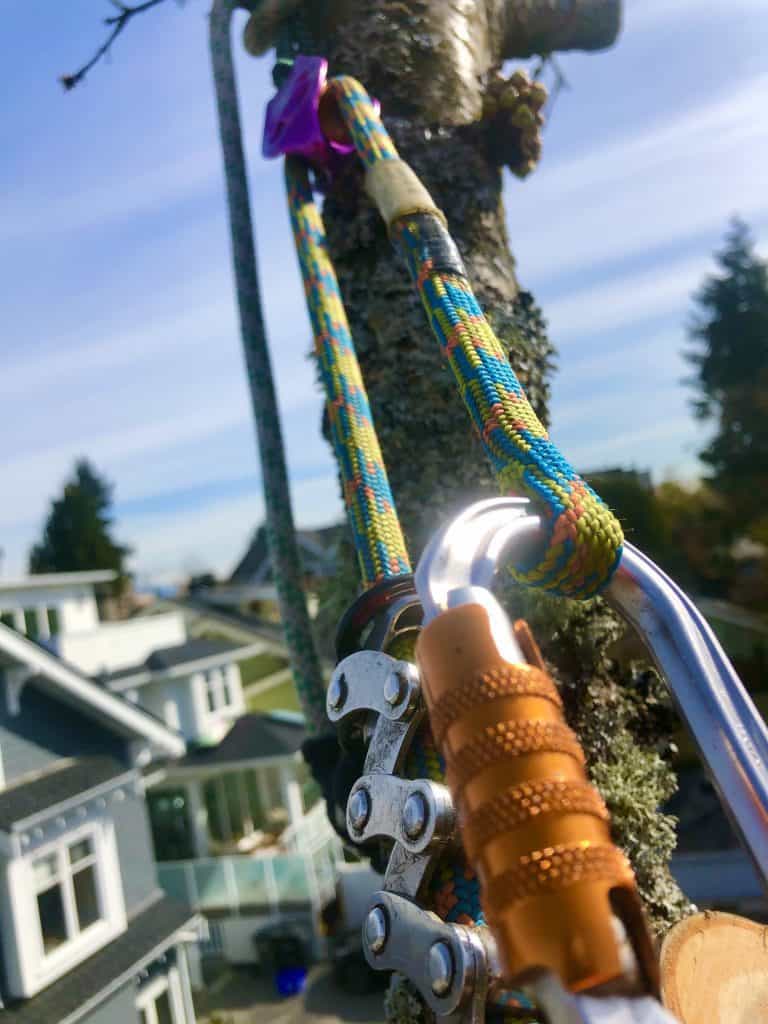
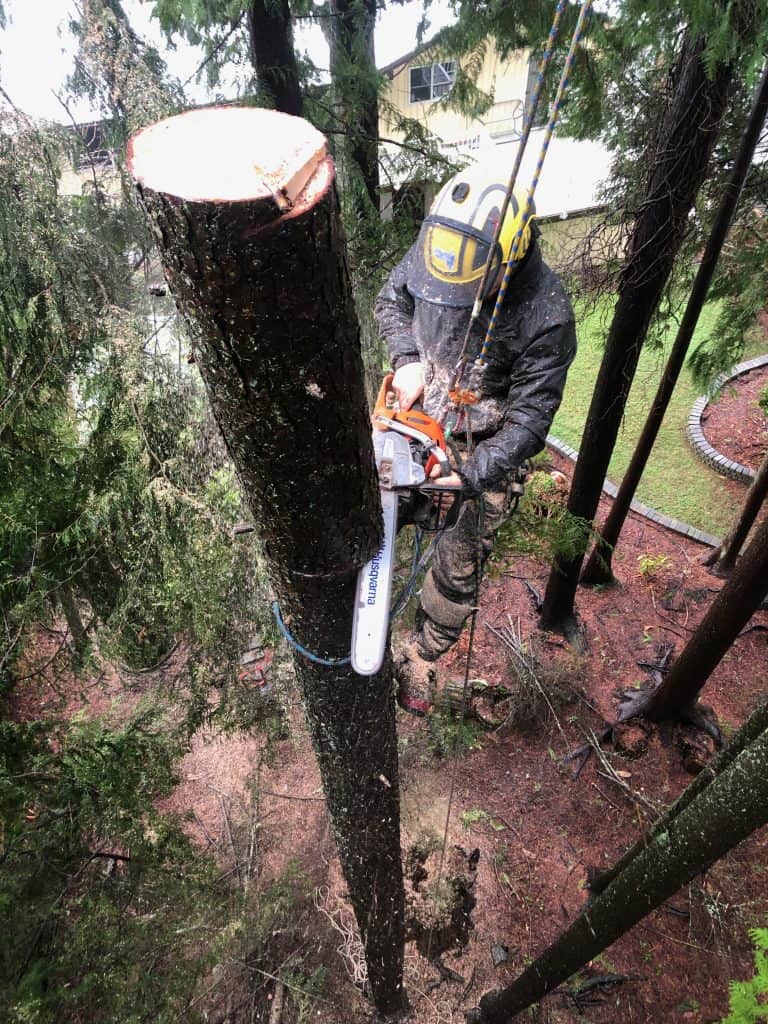
Improving efficiency through experience
Recently, I and my team member, Conor, were tasked to remove a very tall, dead Hemlock tree. The location of the tree and gradient around the tree meant it would not be a straight forward and easy removal. There were multiple large trees nearby, so the best and most effective plan I could come up with was to set a rope between two live trees and install the rigging block in the middle of the rope that spanned the gap between these trees. We would then rig the Hemlock off this point which would make quite a large swing, hopefully, resulting in the pieces being rigged down into the flat driveway of the property. We used a rigging hub on the end of the rigging line as we needed to attach multiple ropes (a haul line for me as the climber, a tag line for Conor, the rigging line, and the webbing sling). A couple of pieces got hung up in some smaller trees close to the ground, but the job went well on the whole.
Conor, has only been in the industry for 3-4 years and he had never used or seen this exact setup and was unsure of how everything would work. Being a quick learner and problem solver, Conor gained a full understanding of the system and figured out the adjustments required to prevent issues by the time the job was complete. Conor will now take the experience from this job and be fully aware of all aspects of the rigging technique and where potential problems may lie when we next use this system. Thus, he is now a better crew member as a result of this thoughtful approach.
Key considerations
When considering efficiencies for an entire job or a singular technique, these are the key elements that I think about:
- Make a plan and be willing to make adjustments to improve efficiency.
- Try not to allow pressure to cause me to rush (rushing/panicking can result in poor decision making, not working with a systematic approach and not using the right equipment, or worse cause an injury).
- Choose the best tool or tools for the job.
- Select the best technique for the task, allocate jobs to crew members for completion in an order that makes sense.
- Share ideas and experiences with team members: discuss my favorite and least favorite techniques, talk about jobs that went well and those that did not go as well, and list the reasons why for each experience.
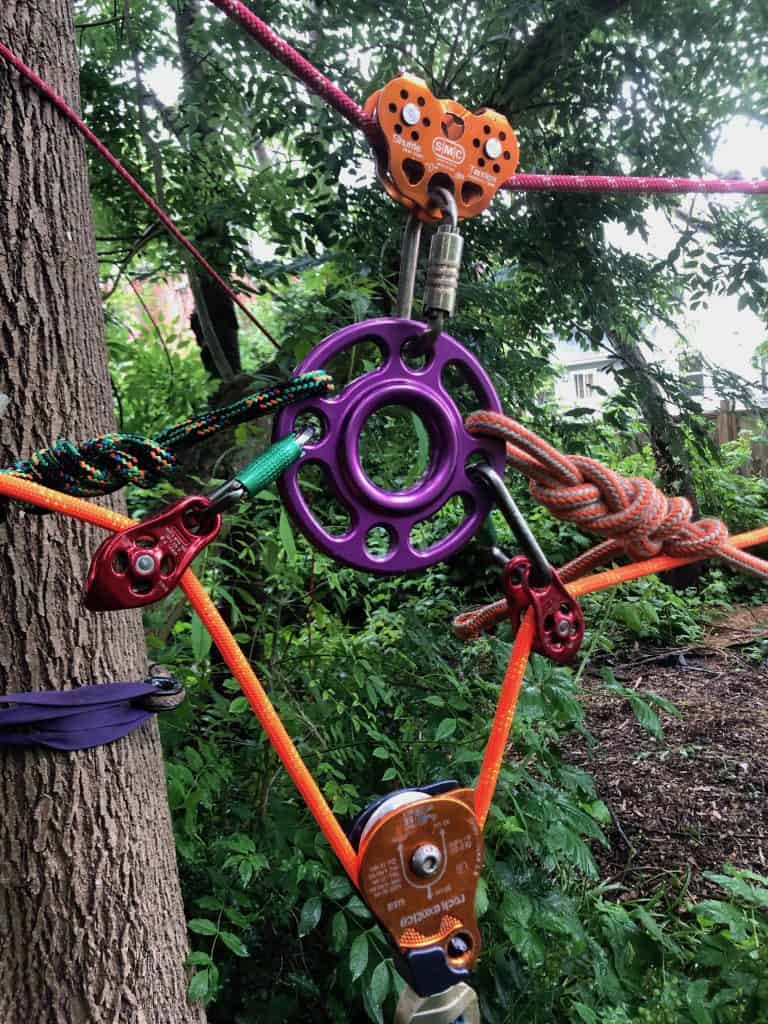
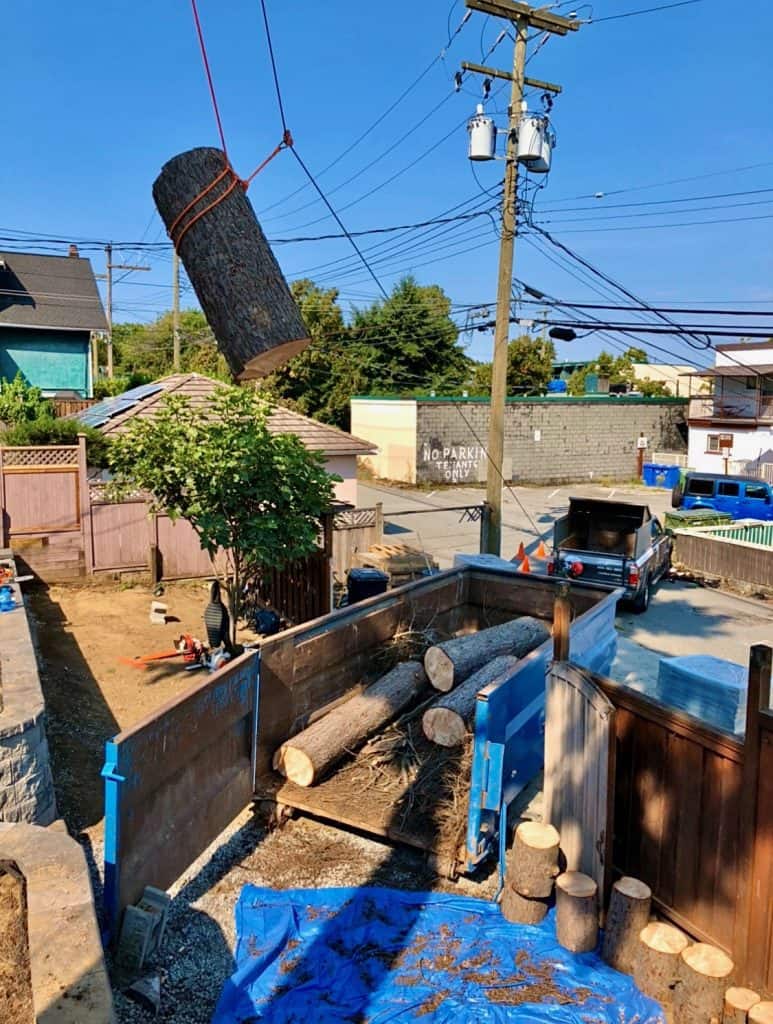
Saving time and energy with rigging systems
In the right situation, rigging systems can be a huge time and energy saver. Creating the most complex system for a specific scenario that may require a 2-hour setup are still more efficient than without this system. Moving wood without much effort to an end location, rather than using all manpower, can be absolutely amazing. For me, I always weigh the following options in my thinking process: How long will it take to set up the rigging components? How long do I estimate the job to take once rigging is set? How long
would the job take without this rigging or setup? If I feel like the rigging option will take the same amount of time or be quicker, I will always choose rigging. The reason for this is because if I can move wood in a way that reduces manpower and fatigue then I would prefer to save the crew’s the energy if I can complete the job in the same amount of time.
My obsession with efficiency!
The biggest gains I have made in the last 3-4 years relating to my tree climbing skills have come from my obsession with efficiency. Instead of thinking about my next move or task, I think about multiple tasks ahead of me. For example, my work positioning while using a chainsaw - I now focus on choosing the best lanyard configuration for the work, select the optimum lanyard location to make the maximum amount of cuts while not having to change lanyard position multiple times, and maintain a safe, comfortable position for cutting. Compare this to only looking at the next branch to remove or prune, putting on my lanyard, and then removing it after that one task. Doing that action for 8 limbs will eat into my time when I could select one lanyard position that allows me to reach all 8 limbs.
Another climbing-based technique I utilize to improve efficiency is to make undercuts on multiple branches with a chainsaw, then doing the top cuts using a handsaw when I need control. This maximizes the use of the chainsaw first to save energy.
Don’t let stubbornness stifle efficiency!
I have owned a battery powered, top handled chainsaw for a couple of years and love all the benefits that come from using it which I believe improve efficiencies in various capacities. There have been times, however, when I have continued to use the saw during removals for too long. As the wood gets too large, the saw begins to struggle. I then use more force which causes wear and tear on a tool that is not designed for purpose,all because I am enjoying my new favorite tool and didn’t allow myself to recognize when it was time to switch it out for something more suitable and efficient.
Good communication to create seamless operations
Another great form of efficiency is through clear communication. In recent years, Bluetooth communication headsets have become available for use in arborist helmets and have made a huge impact on my daily worksites. Communication has become so much easier while working. The crew can have a full conversation at a normal volume and tone, instead of the well-known screaming from high in a tree with single word demands. Even if those short instructions are said with the kindest of intent, they come across aggressive, hurried and always missing reasoning around the request. Instead, asking for equipment through a headset, (e.g. specific rigging equipment), you can ask for the exact components you require, where they are located, how you would like them configured and what your plan is.
If you are working with a crew of 3 or 4 people all wearing headsets, even when your conversation might only be with one member of the crew, the other people in your team will hear the entire dialogue. This means the whole team is in sync with how the jobsite is running, which roles to take on, and what to expect. If you have never used these headsets on a jobsite, hopefully, this short example is a brief insight into how useful and efficient headsets are, but you will really never know the full benefit until you actually use them.
Efficiency is so important within the tree service industry, the more we are all aware of each and every aspect of our day to day tasks and how they can improve, the better, more fun, more enjoyable, safer, and longer our careers will become.






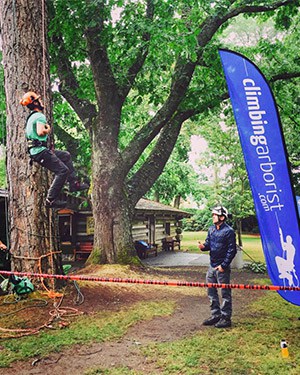 Have you entered a tree climbing comp yet?
Have you entered a tree climbing comp yet?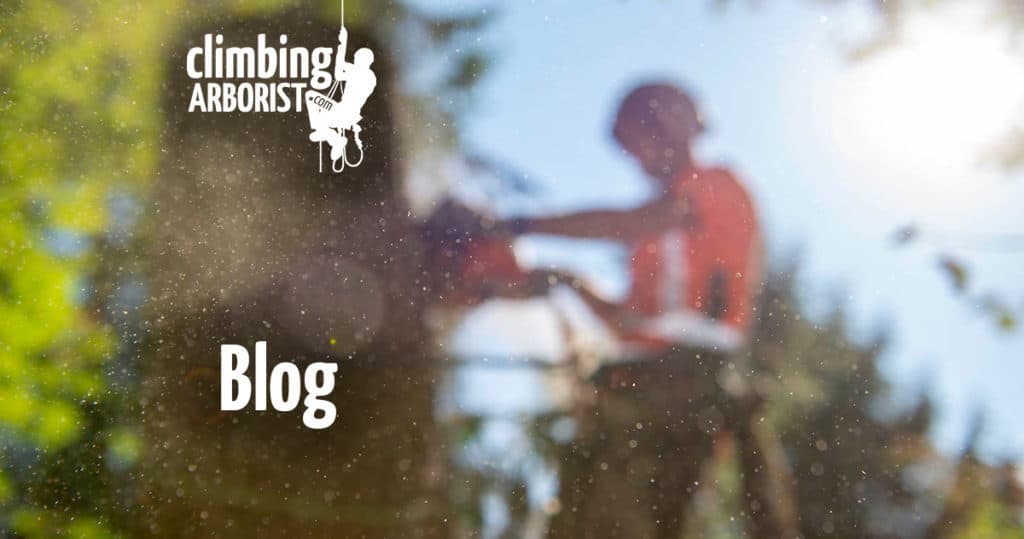 2019 – A year in review for climbing arborists
2019 – A year in review for climbing arborists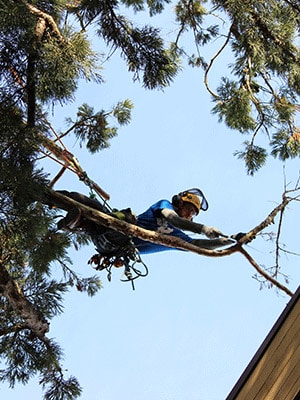 SRT – What is all the fuss about?
SRT – What is all the fuss about?